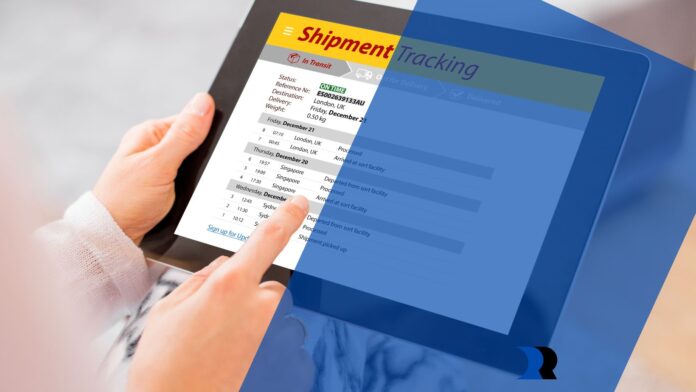Logistic tracking software is a game-changer in how companies handle logistics and operations. It’s the key to boosting efficiency and accuracy in the supply chain industry.
In this article, we’ll uncover the powerful benefits of logistics management software and how to harness them for success.
Benefits of logistics management software
Logistics tracking system brings a multitude of benefits to businesses operating within the supply chain and logistics sector. Here’s an in-depth look at some of these advantages:
Enhanced efficiency
Logistics management software is a game-changer in supply chain operations. It automates tasks, significantly reduces errors, and ramps up efficiency. Handling order processing, inventory management, and shipment tracking becomes a breeze, leading to faster operations and precision at its peak.
Real-time tracking
A standout perk of logistics management software is its real-time insight into goods moving across the supply chain. It tracks shipments, monitors inventory levels, and manages transportation routes. This visibility means faster decisions, swift issue resolution, and adaptability to changes or disruptions with ease.
Improved customer service
Offering precise and timely shipment updates to customers is a game-changer for satisfaction. Logistics management software enables businesses to proactively communicate, meeting delivery expectations and enhancing the overall customer experience.
Analytics
Logistics management solutions create detailed reports and analytics by gathering data from different supply chain stages.

These insights help companies spot trends, identify inefficiencies, and make smart, data-backed decisions to refine and improve their logistics operations.
Collaboration and communication
These software solutions often include features that improve collaboration and communication among supply chain stakeholders. This fosters seamless coordination between suppliers, carriers, and customers, ultimately boosting efficiency and cutting down on delays.
How Do You Develop a Logistic Tracking System for Your Business?
A logistics tracking system not only ensures swift and secure shipping, warehousing, and delivery but also elevates your enterprise and outshines competitors.
Here are the key steps in developing logistic tracking system software:
- Select a software provider. Choose a reliable provider that aligns with your business needs.
- Choose between cloud-based or on-site solutions. Determine the system’s accessibility and functionality based on your preferences.
- Decide on software functionality. Define the features needed to streamline your logistics effectively.
- Create a mobile version. Ensure accessibility and ease of use by developing a mobile version.
Conclusion
Research conducted by the ARC Advisory Group emphasizes that a logistic tracking system can drive a minimum of 8% savings for businesses. Armed with this insight, it’s time to embark on the journey of crafting a logistic management solution to fuel your business’s growth.

As you navigate selecting a company to develop your logistics tracking solution, remember that partnering with genuine experts is pivotal in elevating your digital capabilities to new heights.


